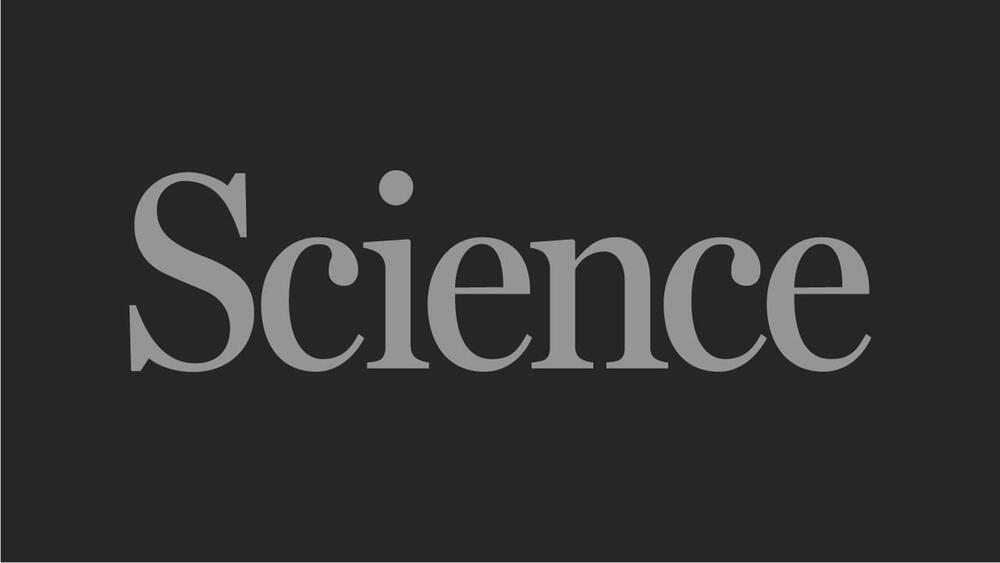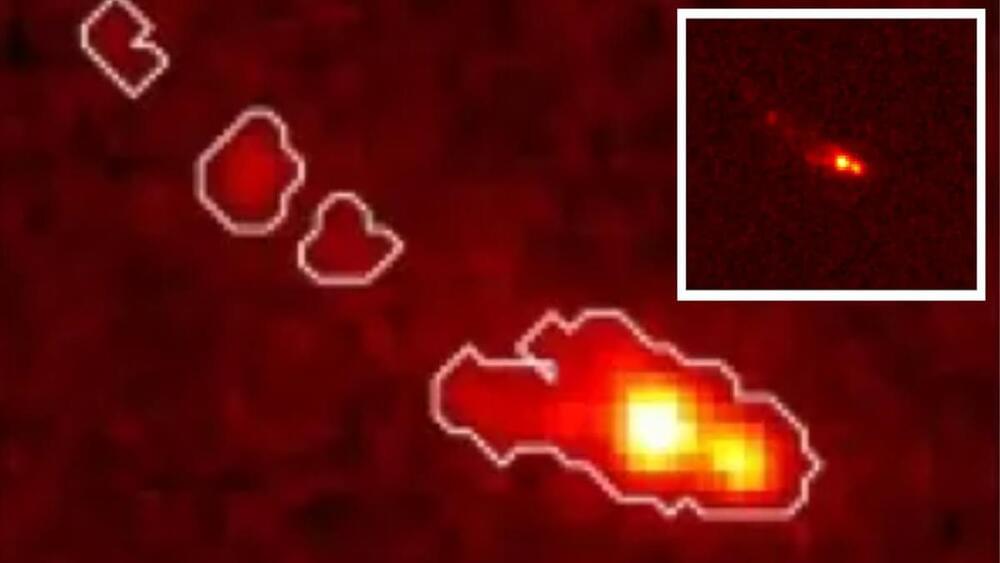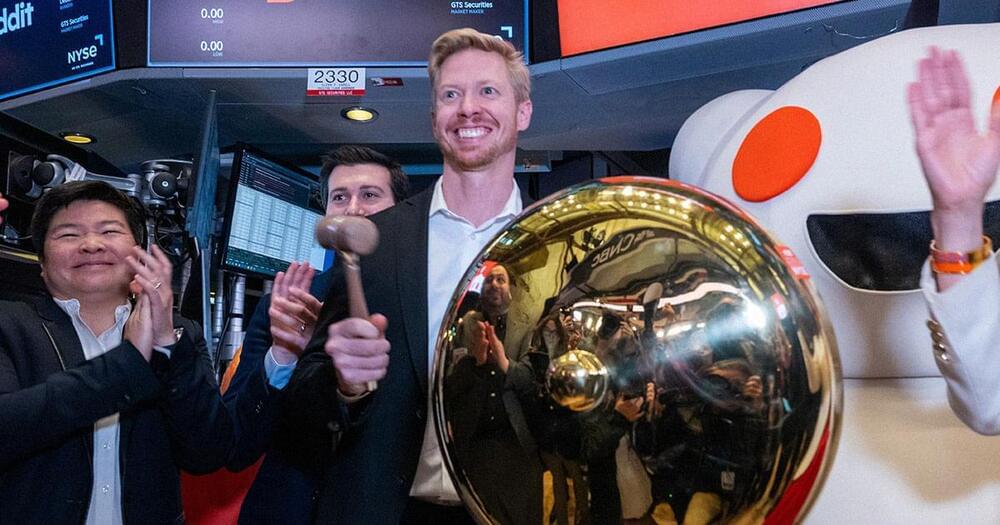The term “artificial general intelligence” (AGI) has become ubiquitous in current discourse around AI. OpenAI states that its mission is “to ensure that artificial general intelligence benefits all of humanity.” DeepMind’s company vision statement notes that “artificial general intelligence…has the potential to drive one of the greatest transformations in history.” AGI is mentioned prominently in the UK government’s National AI Strategy and in US government AI documents. Microsoft researchers recently claimed evidence of “sparks of AGI” in the large language model GPT-4, and current and former Google executives proclaimed that “AGI is already here.” The question of whether GPT-4 is an “AGI algorithm” is at the center of a lawsuit filed by Elon Musk against OpenAI.
Given the pervasiveness of AGI talk in business, government, and the media, one could not be blamed for assuming that the meaning of the term is established and agreed upon. However, the opposite is true: What AGI means, or whether it means anything coherent at all, is hotly debated in the AI community. And the meaning and likely consequences of AGI have become more than just an academic dispute over an arcane term. The world’s biggest tech companies and entire governments are making important decisions on the basis of what they think AGI will entail. But a deep dive into speculations about AGI reveals that many AI practitioners have starkly different views on the nature of intelligence than do those who study human and animal cognition—differences that matter for understanding the present and predicting the likely future of machine intelligence.
The original goal of the AI field was to create machines with general intelligence comparable to that of humans. Early AI pioneers were optimistic: In 1965, Herbert Simon predicted in his book The Shape of Automation for Men and Management that “machines will be capable, within twenty years, of doing any work that a man can do,” and, in a 1970 issue of Life magazine, Marvin Minsky is quoted as declaring that, “In from three to eight years we will have a machine with the general intelligence of an average human being. I mean a machine that will be able to read Shakespeare, grease a car, play office politics, tell a joke, have a fight.”









